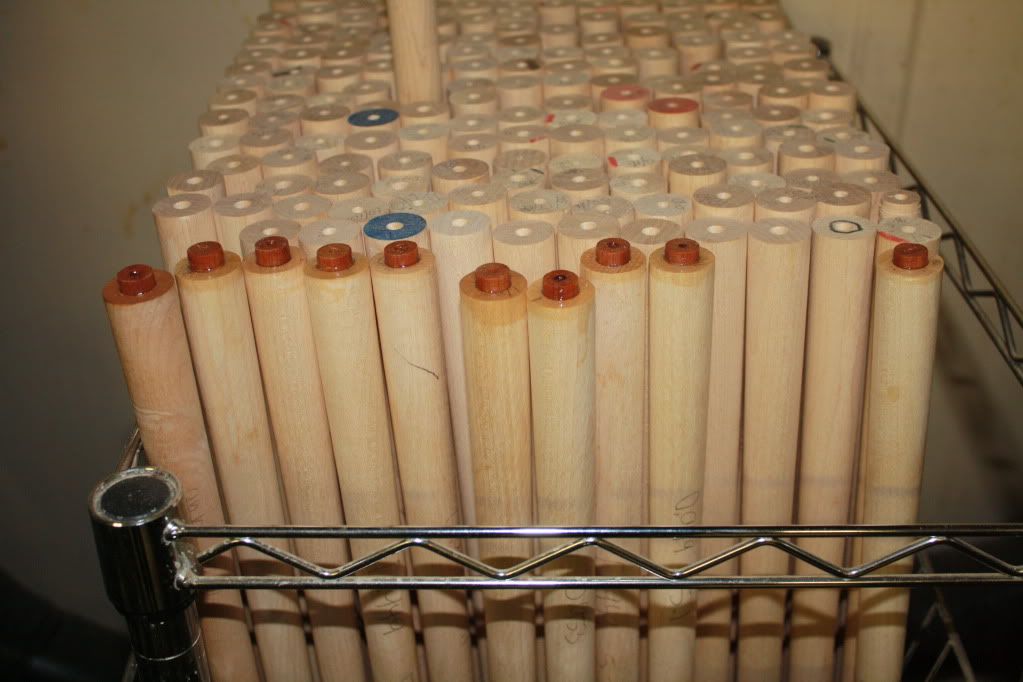theres really no need for a carbide drill bit, if hes already boring the hole. he can use a smaller drill bit to get started then bore it to size .
thick 5 min epoxy works fine for a pin, but i only use a touch of it just enought to lock the threads the only issue i have with it is that if you have to remove it, it takes alot of heat which can damage the finish or a whole slu of other problems on the forearm.
glad the pin setter worked for you man.
when you come down saturday we can go over somestuff.
your new southbend should really help out.
I can't wait man. If it wasn't for all the help I've gotten here on AZ, id have got frustrated and said to hell with it, lol. I'm kind of surprised at how helpful everyone is. I was going to learn to make cues with a local cuemaker (or at least that's what he calls himself, lol), but he flaked out on me a while back, but he used to tell me he didn't want to share all his knowledge with me because it was so valuable. From what I've heard though, his knowledge isn't quite worth as much as he thinks, lol. I am definately better off learning from the collective mind of AZ. Thanks everybody, I appreciate it.
Joe

